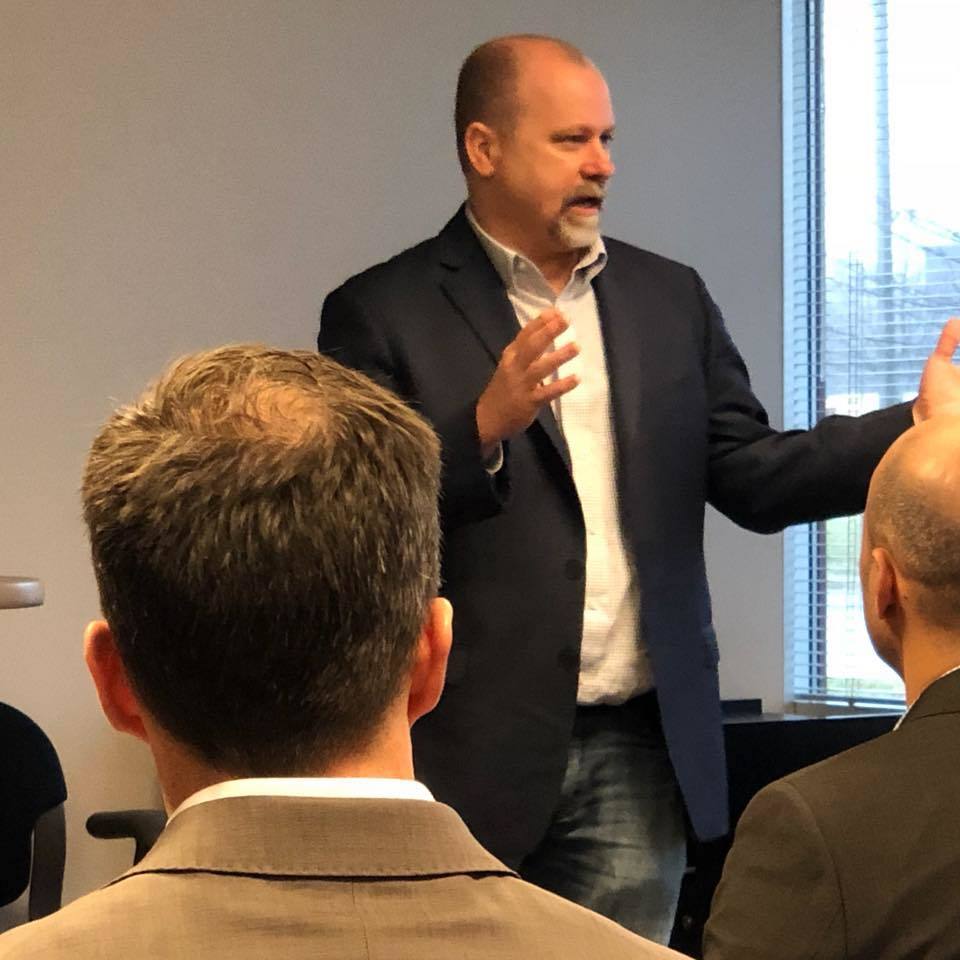Where We Started.
Restructured Full-Time Police Department:
Coming out of the Great Recession the village could not afford any full-time officers. When Trevor Elkins first ran for mayor in 2011 and introduced the idea of a full-time professional department, every officer was part-time and new part-timers started at $11.35/hour. There were no full-time officers other than the chief. On top of that, other than the chief, there was no supervisory personnel and we operated on two officers per shift... often only one, relying on aid from Cuyahoga Heights.
During that campaign Trevor laid out a plan for how the village could move to a department that was primarily staffed with full-time officers supplemented by part-timers. That plan called for a full-time chief, lieutenant, sergeant, and 3 patrol officers. This structure was intended to ensure we never had a shift with only 1 officer on duty while also increasing overall coverage by more than 11% for virtually no change in what we were already spending.

New Village Facilities:
For ages we limped along in an obsolete building (photo on the left) that at one point was condemned for being unsafe. The police department, the service department, dispatching, and the fire department all operated out of a building that was a little over 3,500 square feet, not much bigger than some of the homes in the village. Heck, at one time, even council meetings were stuffed into this building.
The working conditions were cramped and outdated. The facility was inadequate for almost every function it was supposed to contain. It wasn't uncommon for the roof to leak or mechanical problems to close the place down. Most of the village's equipment didn't even fit inside of the building and was left outside, exposed to the weather. The building was costing us a fortune in a hundred different ways.
The administrative staff, finance department, and building department worked out of a few rooms in the Washington Park Community School. If it was raining we had to put buckets under the ceiling to catch the water dripping through the roof. This wasn't an uncommon scene during council meetings.
In '06 & '07 after the untimely passing of Mayor Ruggles and when Mr. Elkins was a member of Council, he started the conversation of new facilities by convincing his colleagues to purchase the old Ruggles (White Horse) Inn property. From there, numerous concepts and iterations evolved. It would be nearly another half-decade and Trevor's election as mayor before real traction occurred.
Brow Avenue Closure:
Brow Avenue became a common cut-through for traffic attempting to avoid the light at 55th and Harvard. Cars would race down Brow to East 54th or 53rd and fly up the street to Harvard Avenue hoping to save a few seconds of time with no regard to the safety of the children and residents of the neighborhood. It was just one more burden for the police department to try and manage. Trevor's goal was to reduce traffic and improve the overall quality of life in the neighborhood by doing so.


Repurposing the Former RTA Garage
When the GCRTA built this major facility in the 1990's it was the first significant development in the village in many decades. In 2009, they closed it with no plan to ever re-open it. This represented a 10% revenue hit to the village's general fund budget. Mr. Elkins committed to finding a new end-user for the location that would generate at least as much revenue.
Economic Development:


Charter Steel Noise:
The noise was often deafening. It was all hours of the day and night. There was zero regard for Newburgh Heights' residents and something had to be done. It was Trevor Elkins that promised the village he would tackle this issue to the extent permissible by law.
Eliminating Blight and Housing Maintenance:
Like most urban and inner-ring communities, the housing crisis left a wake of foreclosures, zombie homes, poorly maintained rentals, and vacant properties throughout the village. It had become slumlord, flipper heaven. Our proximity to Slavic Village which may have been the epicenter of the housing market meltdown and the age of our homes only exacerbated the situation. Trevor's plan from day one was to attack blight and salvage what he could to preserve and eventually grow what value still existed in our most important collective asset as a community.

Professionalizing Mayor's Court:
Despite an Ohio Supreme Court Ruling indicating a mayor that was not an attorney may be held personally responsible for a ruling made in error, the practice of the mayor running the court continued right up until Trevor Elkins was elected. One of his proposals was to hire a magistrate and a full-time clerk of court to professionalize the department. The intention was to remove the mayor from making potentially biased decisions and the perception of Mayor's Court as a financial motivation for the village.
Sharing Municipal Services:
The village desperately needed to find a way to continue providing services while cutting costs. We weren't going to be able to afford to build new facilities and improved police coverage without doing so. To facilitate these savings, Mr. Elkins proposed sharing dispatch with Cuyahoga Heights, Valley View, and Brooklyn Heights. This plan would save the village between $80,000 and $100,000 annually while also preserving (and increasing) the pension and incomes of our two full-time dispatchers at the time.

Support Trevor, Please Contribute Today:
Follow Trevor On Social Media:
Paid for By the Elect Elkins Committee, Treasurer Donna Kolis, Esq. 3888 E 43rd Street, Newburgh Hts OH 44105

